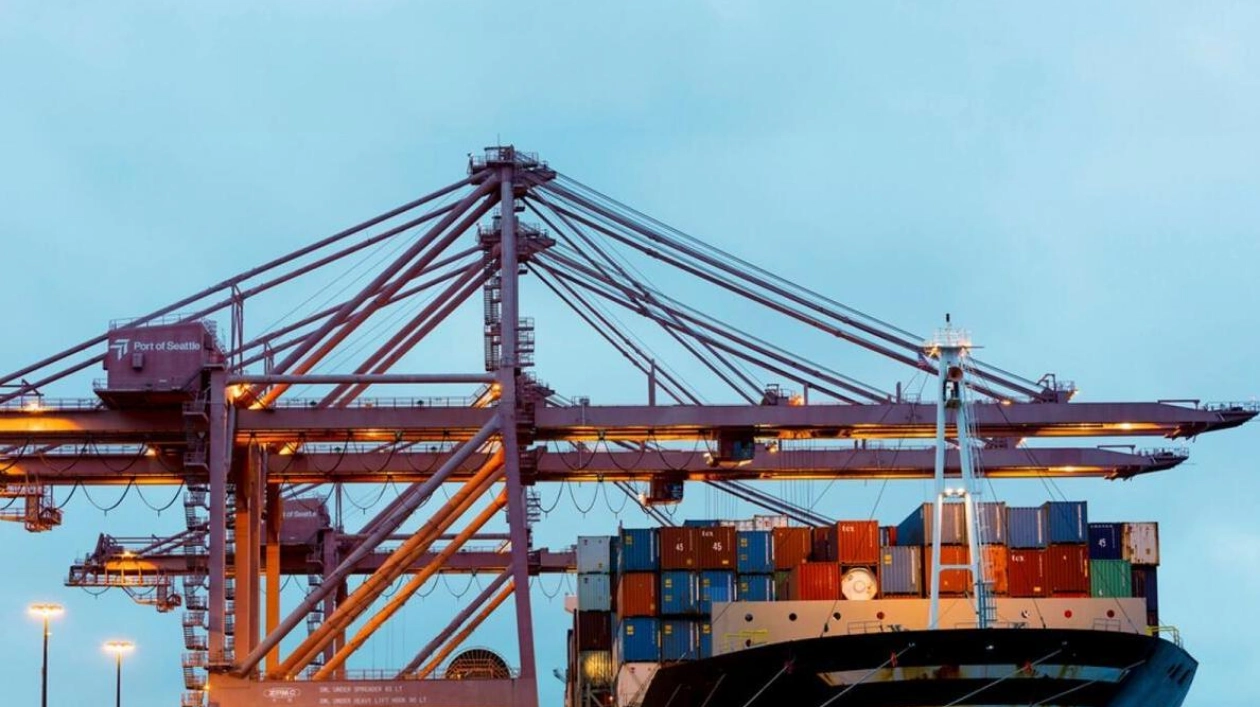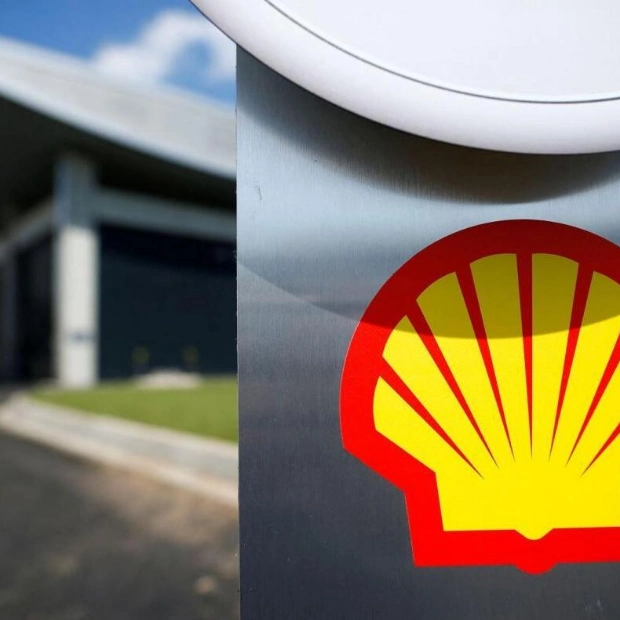The oil and gas (O&G) sector continues to be central to the evolving energy scene, with thermal power generation accounting for approximately 77 percent of the UAE's energy mix. Presently, the industry stands at a pivotal point, necessitating a modernization of its practices to align with a progressively dynamic and digitalized environment. Technological advancements like Artificial Intelligence (AI), data analytics, and blockchain are pushing O&G supply chains to enhance their resilience and efficiency. This calls for inventive logistics approaches and strategic foresight.
In the energy sector, the prompt delivery of raw materials and equipment is crucial for maintaining operational continuity and avoiding disruptions. To bolster resilience throughout the supply chain and meet the industry's demands for speed, reliability, and precision, O&G companies must embrace logistics solutions that can manage specialized needs across various regions and for multiple parties. For example, O&G firms require adaptable and nimble shipping options for transporting bulky and heavy machinery or delicate chemicals. This involves utilizing multi-modal networks that offer a blend of speed, efficiency, and accessibility. Additionally, to handle supply chain interruptions or oversee critical shipments, O&G firms need dependable and effective freight management and support, which can be facilitated by real-time tracking, GPS-enabled vehicles, and continuous network monitoring, enhancing the visibility of goods in transit.
Digital transformation presents a substantial opportunity for O&G companies through technological advancements, data-driven insights, and expanded connectivity. By embracing digital transformation, businesses can secure a competitive advantage and potentially reduce operating expenses by millions while boosting the intelligence and effectiveness of their extensive asset portfolio. The industrial Internet of Things (IoT), a component of the broader digital opportunity, is anticipated to contribute US$15 trillion to the global economy by 2030. By incorporating technologies such as AI, machine learning, and predictive analytics, O&G organizations can optimize their operations, cut costs, foresee disruptions, and adapt proactively, ensuring a more robust and resilient supply chain. Furthermore, O&G companies can utilize smart logistics solutions for shipments requiring advanced tracking, whether for increased security, quality assurance, or enhanced visibility. Employing sensor-based near real-time tracking solutions, shippers can receive proactive alerts about their package's location, temperature, and other environmental conditions, enabling them to intervene and manage their shipment before it arrives at its final destination.
Companies in the sector can also gain from adopting a phased and agile approach to digital transformation. Instead of rolling out extensive, time-consuming programs, firms should evaluate digital maturity across specific business lines, pilot new technologies in line with organizational objectives, and expand the initiatives that yield the most value. Innovative technologies are shaping the future. For widespread adoption, technologies must have clear practical applications and be scalable in the long term. AI is a prime example of a disruptive technology of the future that is already unfolding, enabling transformation across various sectors—particularly in the O&G industry. The logistics sector is particularly well-positioned to drive this transformation.
The writer is vice-president of Fedex Middle East and Africa operations.






